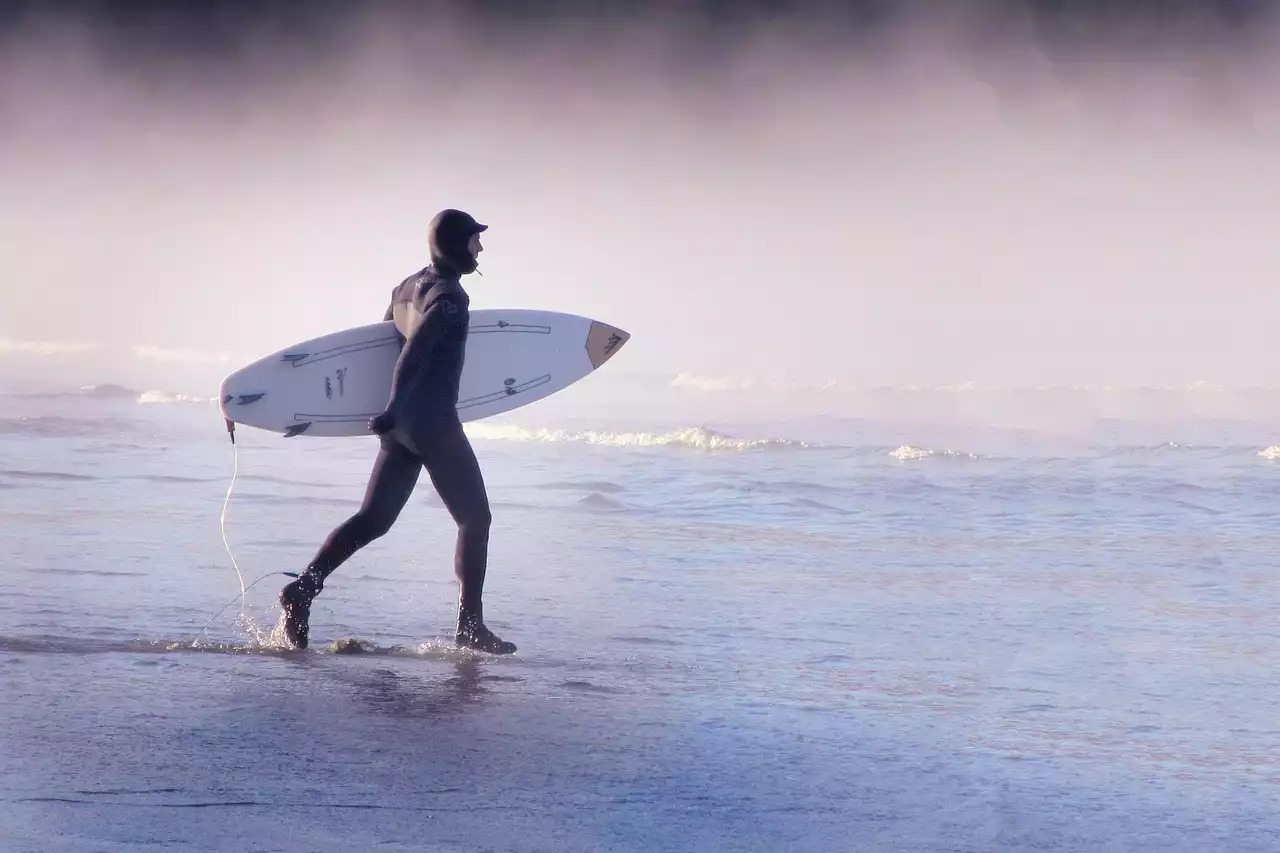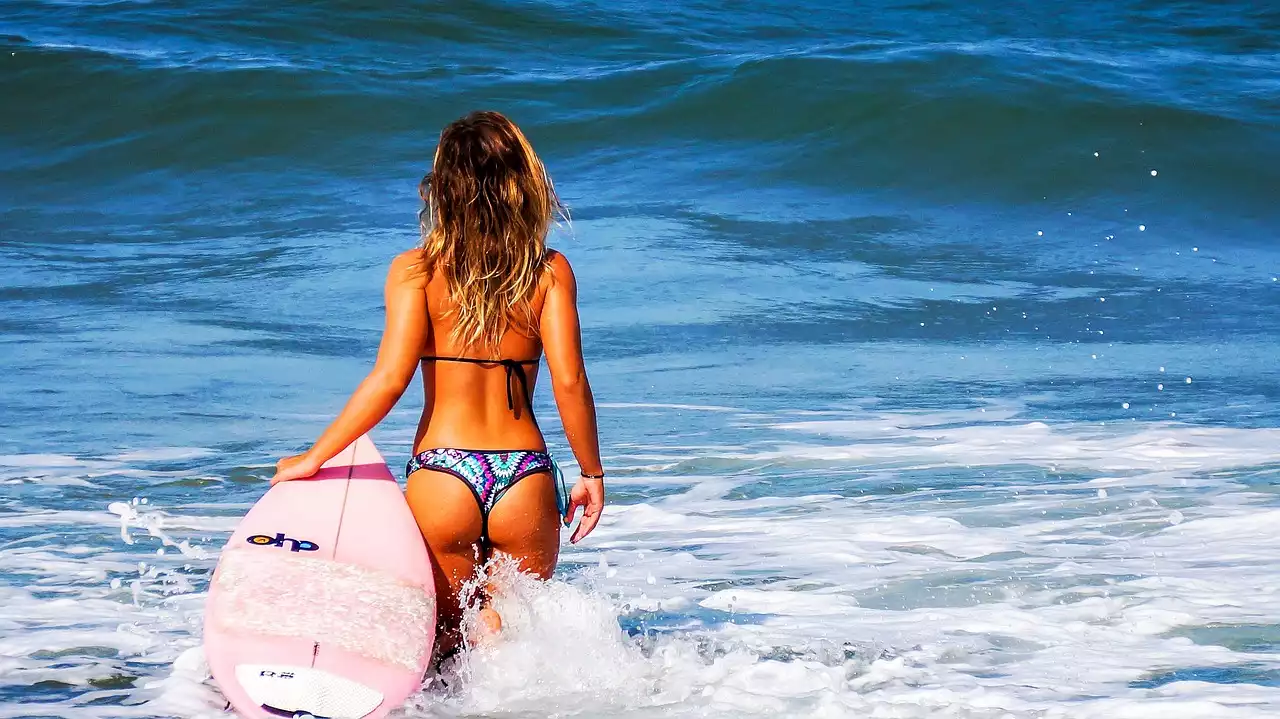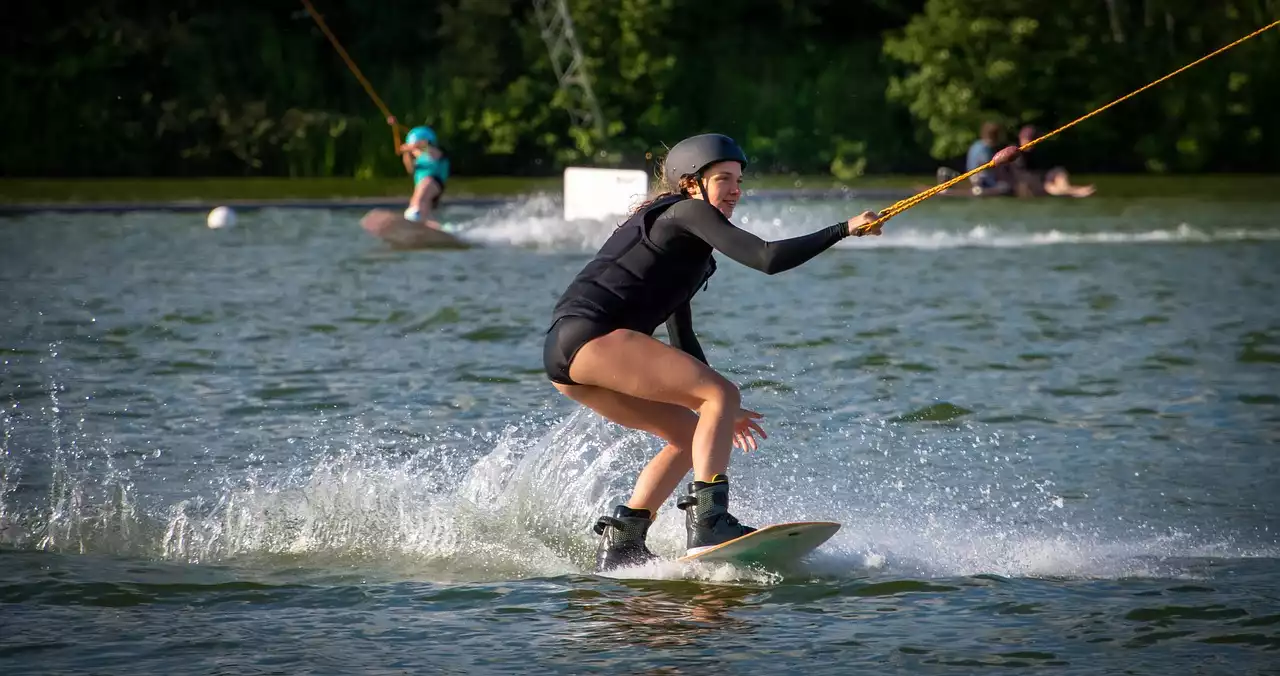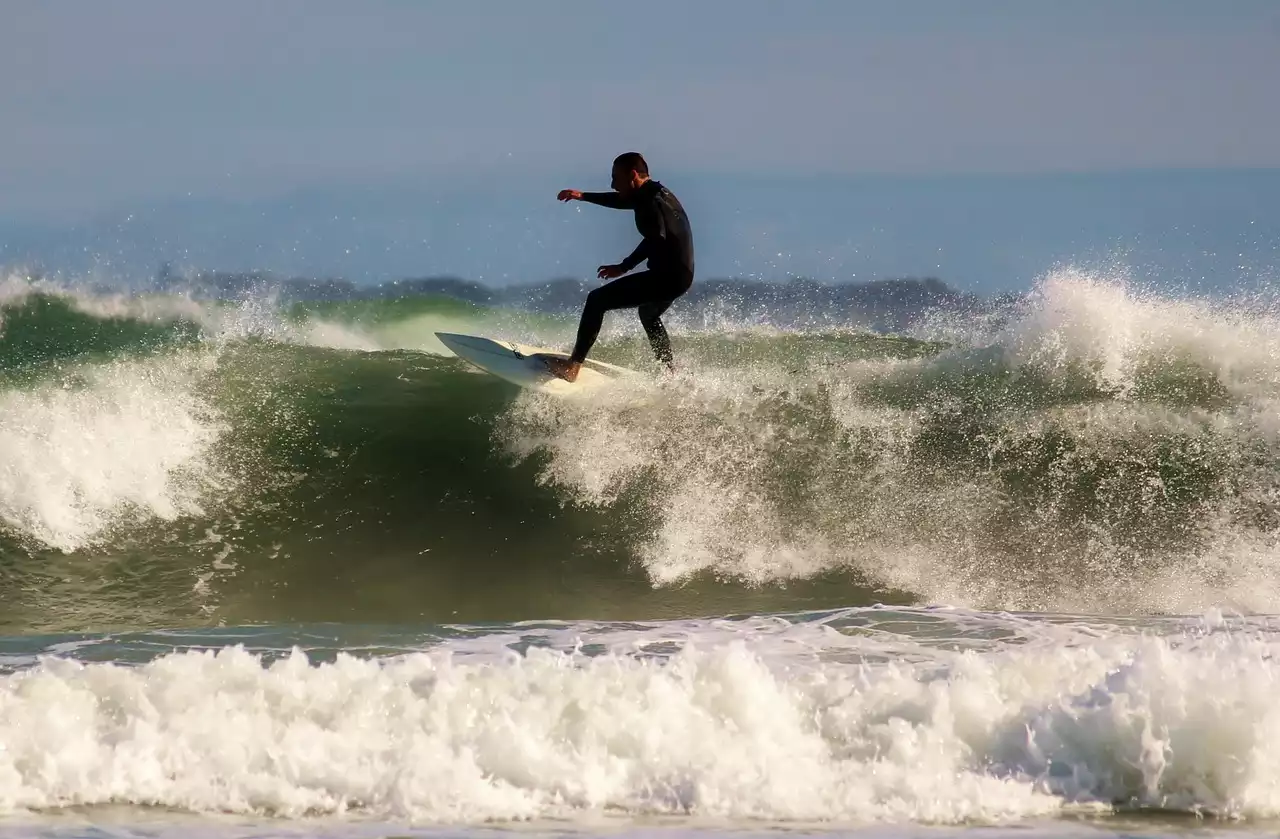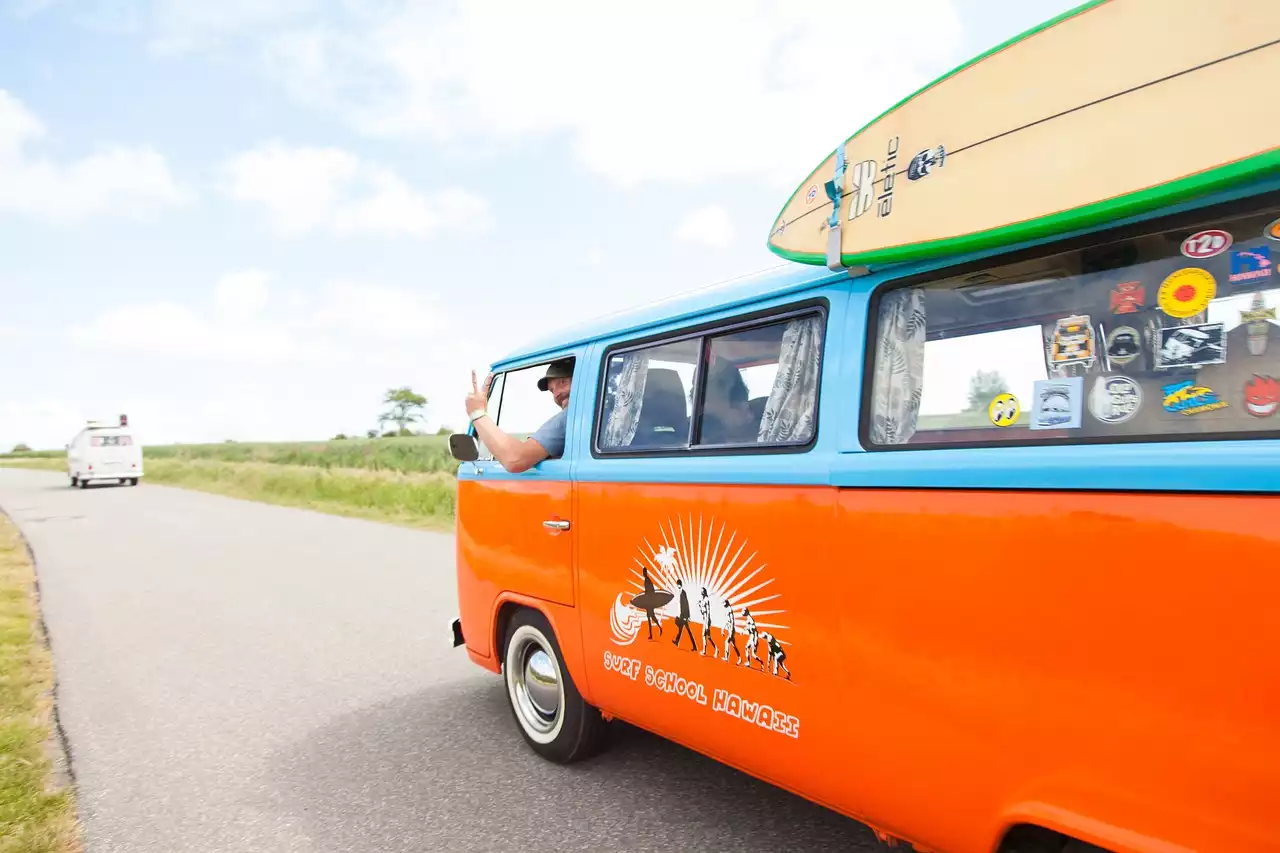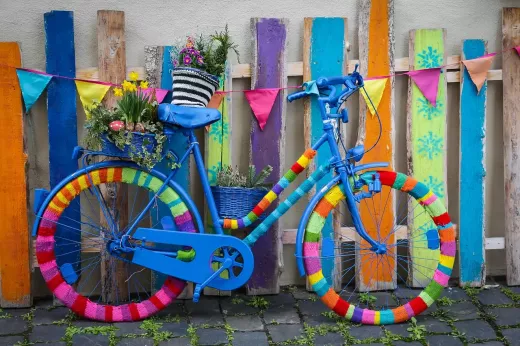What is a surfboard leash?
A surfboard leash is a long cord attached to the tail of your board that allows you to rope your surfboard to your body or something else, such as another board or a rope tied around a surfboard float. The purpose of a leash is to give you a secure way to attach your board to yourself so that it does not float away. While it is common to use a leash for recreational surfing, there are also advantages to using one when surfing for a living, such as in competitions or at a beach break.
Benefits of using a surfboard leash
- A surfboard leash is a great way to protect yourself and your surfboard from floating away.
- A leash gives you a firm connection to your surfboard, which can increase your stability and help prevent injury.
- A leash is an essential piece of surfing equipment for beginners and experienced surfers alike.
- A surfboard leash can be helpful in surf contests or when surfing at a beach break, where the current can be dangerous.
- Leashes are also a great way to practice surfing downwind while avoiding potential injury. - Having a leash also shows other beachgoers and other surfers that you respect their space while surfing.
How to choose the right leash
- Make sure your surfboard leash is long enough to allow you to paddle in a forward motion while still having enough length to be secured to your surfboard.
- Be mindful of your leash’s length while surfing downwind. If you have a lengthy leash, ensure that you can still steer your board safely.
- When using a leash, make sure that the leash is secured to your surfboard and not to you.
- Avoid wearing a surfboard leash while on a rail. A leash can interfere with your ability to ride rails safely.
- Keep in mind that a surfboard leash is not a surfboard leash for life. You should switch out your leash for a new one to keep it from getting tangled and worn down.
Types of leashes
- Braided Surfing Leash - Braided leashes are usually made from synthetic materials, like nylon or polyester. They are relatively inexpensive and are available in a variety of lengths, making them one of the most customizable types of leashes.
- Rope Leash - A rope leash is made from natural materials like manila rope or polypropylene line. They are usually less expensive than braided leashes and are equally as customizable. However, rope leashes do not have the same degree of a stretch as braided leashes, which can be an advantage for experienced surfers looking to save money.
- Rubber Surfing Leash - Rubber surfing leashes are usually made from a durable, rubber polymer and are the most durable type of leash available. They are also 100% resistant to salt damage, making them a safe choice for surfers who frequent the coast.
- Hawaiian Koa Surfing Leash - Hawaiian koa surfing leashes are made from natural materials harvested from the koa trees that grow in Hawaii. The koa surfing leash is a unique and eco-friendly alternative to regular leashes.
- Surfboard Float Tow Leash - Surfboard float tow leash systems effectively tow your surfboard with a paddle float or towline. This type of leash has a durable float and float line that is stitched to a strong aluminum-framed tow bar.
- Spike Surfboard Leash - Spike surfboard leashes are usually made from vinyl, making them easy to store and transport. However, spike leashes are usually less flexible than other types of leashes, making them less customizable for experienced surfers.
- Surfboard Harness - Surfboard harnesses are usually made from an elastic fabric that is designed to keep your hands free while surfing. They are usually less expensive than surfboard leashes and offer similar functionality. However, they are not as customizable as other types of leashes.
- Surfboard Strap - Surfboard straps are made of nylon webbing and are typically adjustable. They are typically less expensive than surfboard harnesses and offer similar functionality. However, they are not as customizable as other types of leashes.
How to attach a leash to a surfboard
- Hold your surfboard firmly with both hands while securing the leash with a carabiner clip or a locking carabiner. This will prevent your leash from becoming tangled while you paddle.
- Attach your leash to the tail of your board. Make sure the leash is tight enough so that it is not taut, but not too loose that it is loose.
- Make sure that your leash does not come into contact with the surfboard when you are paddling or when you are sitting on your board. This can cause the leash to fray and get twisted up, which can lead to it getting tangled.
- Check your leash periodically while surfing to make sure that it is not taut and is not getting tangled up.
- When you are done surfing for the day, make sure to secure your leash so that it does not get tangled up and potentially drag down your board.
Safety tips when using a leash
- Make sure your surfboard leash is secured to your surfboard and not to you. - Avoid wearing a surfboard leash while on a rail. A leash can interfere with your ability to ride rails safely.
- Keep in mind that a surfboard leash is not a surfboard leash for life. You should switch out your leash for a new one to keep it from getting tangled and worn down.
- Make sure that the leash is long enough to allow you to paddle in a forward motion while still having enough length to be secured to your surfboard.
- When surfing downwind, try to keep your board close to the surfer as much as possible. This will help to reduce the amount of drag on your board and your board will not be as far from the surface, potentially dragging you down.
